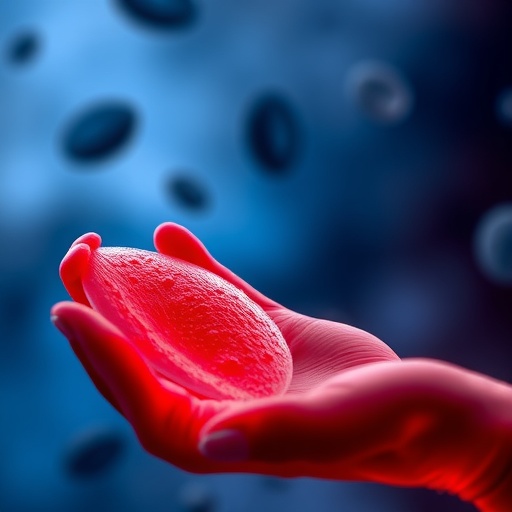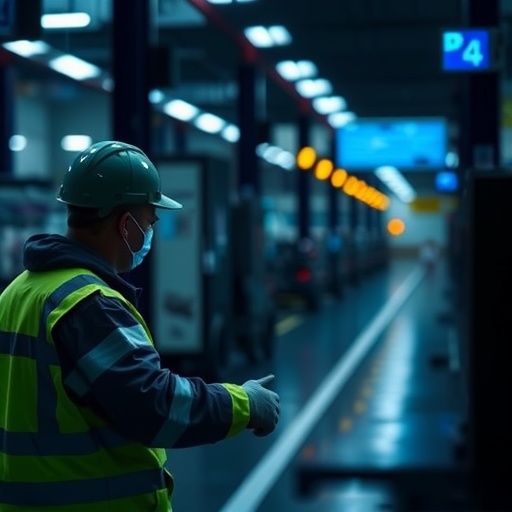Credit: © 2017 MBARI
Deep-diving Technology Finds Little Filter Feeder Has Giant Carbon Cycling Impact: Using a novel deep-sea technology, scientists have measured for the first time how a species of zooplankton called giant larvaceans contributes to the transfer of atmospheric carbon to the deep ocean. Data from the instrument DeepPIV revealed that giant larvaceans filter carbon particles at higher rates than any other zooplankton filter feeder. The technology may also be used for more accurate measurements of carbon removal by other deep-water organisms, an essential parameter for modeling oceanic ecosystems. Giant larvaceans, which are approximately pinky finger-sized plankton, live in the upper 400 meters of the ocean and build filtering "houses" so fragile that they cannot be analyzed in a lab. As giant larvaceans beat their tails, they propel particles from the water into these mucus houses for digestion. What's more, when the larvaceans discard their old, nutrient-rich houses, these structures sink to the sea floor, a significant contribution to moving organic materials into deeper water. Until now, scientists have only been able to estimate giant larvacean filtration rates based off the rates of other zooplankton. To measure their contribution more directly, Kakani Katija and colleagues launched DeepPIV, which deployed from a remotely operated vehicle and visualized fluid motion, in Monterey Bay, California. Katija et al. observed giant larvaceans and other zooplankton in the genus Bathochordaeus and collected 24 flow measurements. They found that one blue-tailed species of giant larvaceans had a filtration rate higher than the previously reported record-holding plankton, salps. By combining filtration rates with data on larvacean abundance, Katija et al. calculated the zooplankton could filter their 200 meter principal depth range in Monterey Bay in 13 days. As a next step, the scientists hope to compare the filtering rates at this site to areas around the world that are home to giant larvaceans.
###
Media Contact
Kim Fulton-Bennett
[email protected]
831-775-1835
@AAAS
http://www.aaas.org
############
Story Source: Materials provided by Scienmag




